Welcome to our educational journey where we explore the key to effective learning – Bloom’s Taxonomy. Whether you’re a student, teacher, or lifelong learner, understanding this powerful framework can revolutionize the way you approach education. In this blog post, we’ll delve into the depths of Bloom’s Taxonomy, unraveling its layers and providing practical insights on how to apply it for optimal learning outcomes.
What is Bloom’s Taxonomy?
Bloom’s Taxonomy, developed by educational psychologist Benjamin Bloom in the 1950s, is a hierarchical framework that categorizes educational objectives based on cognitive complexity. The taxonomy consists of six levels, each representing a different stage of cognitive skills, arranged from the simplest to the most complex:
- Remembering
- Understanding
- Applying
- Analyzing
- Evaluating
- Creating
1. Remembering:
At the “Remembering” level, students are tasked with recalling basic information. For the topic of Photosynthesis, this might involve remembering key terms like “chloroplast,” “carbon dioxide,” “glucose,” and the overall chemical equation for photosynthesis.
Example: List the main reactants and products of the photosynthesis process.
2. Understanding:
Moving up to the “Understanding” level, students are encouraged to grasp the concepts and relationships between them. In the context of Photosynthesis, students could explore how light energy is converted into chemical energy and understand the role of each component in the process.
Example: Explain how sunlight is transformed into chemical energy during the process of photosynthesis.
3. Applying:
Now, at the “Applying” level, students are challenged to use their understanding in practical situations. For Photosynthesis, this might involve applying the knowledge to scenarios like how changes in environmental factors (light intensity, temperature) can affect the rate of photosynthesis.
Example: Analyze how an increase in light intensity influences the rate of photosynthesis in plants.
4. Analyzing:
At the “Analyzing” stage, students delve into the components of information, breaking them down to understand the relationships. In Photosynthesis, this could involve analyzing the different stages of the process and identifying critical factors that impact its efficiency.
Example: Compare and contrast the photosynthesis processes in C3 and C4 plants, highlighting their differences.
5. Evaluating:
Moving to the “Evaluating” level, learners are prompted to make judgments and assessments. In the context of Photosynthesis, students might evaluate the efficiency of different plant species in converting sunlight into energy, considering factors like adaptation to specific environments.
Example: Evaluate the advantages and disadvantages of CAM photosynthesis in desert plants compared to the photosynthesis in typical plants.
6. Creating:
Finally, at the “Creating” level, students are encouraged to generate new ideas or products. In the Photosynthesis example, this could involve designing an experiment to optimize conditions for photosynthesis or proposing innovative strategies to enhance plant productivity.
Example: Devise an experiment to investigate how altering the color of light influences the rate of photosynthesis in aquatic plants.
Applying Bloom’s Taxonomy in Education
Now that we’ve explored each level, it’s time to discuss practical applications in educational settings. From lesson planning to assessment strategies, we’ll guide you on how to seamlessly integrate Bloom’s Taxonomy into your teaching practices.
Empowering Learning Through Bloom’s Taxonomy
In conclusion, Bloom’s Taxonomy is not just a framework; it’s a roadmap to effective and meaningful learning experiences. By embracing the hierarchy of cognitive skills, educators and learners alike can elevate their educational journey. As you embark on this exploration of Bloom’s Taxonomy, remember that the key lies not only in understanding each level but in applying this knowledge to empower the learning process.
Unlock the full potential of education by incorporating Bloom’s Taxonomy into your approach – because when it comes to learning, the possibilities are limitless!
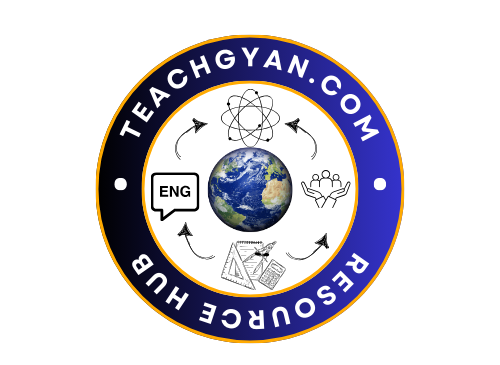



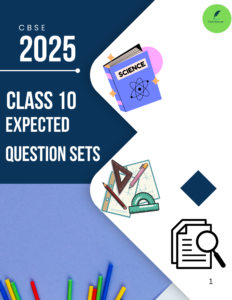
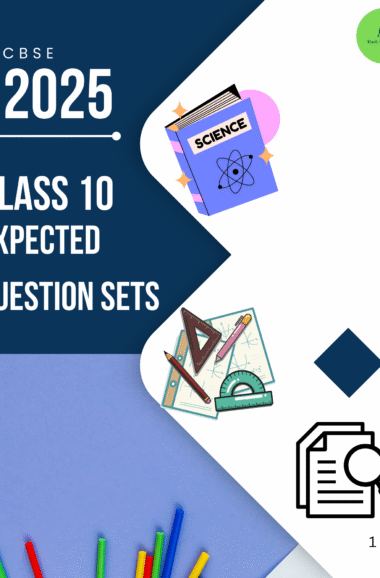
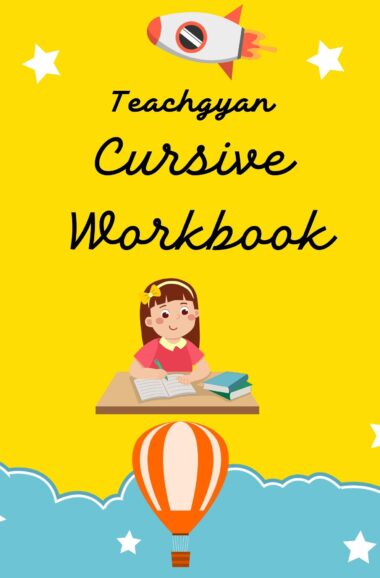


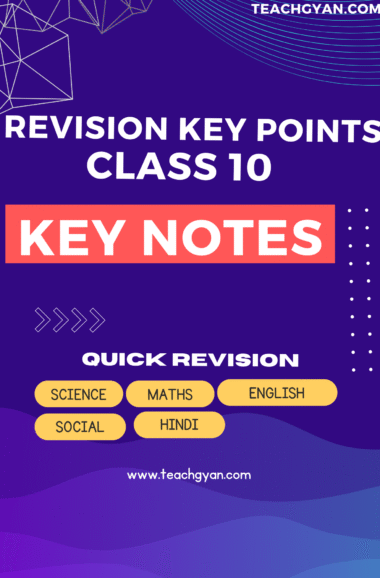
Pеculiar article, exaⅽtly what I needed.